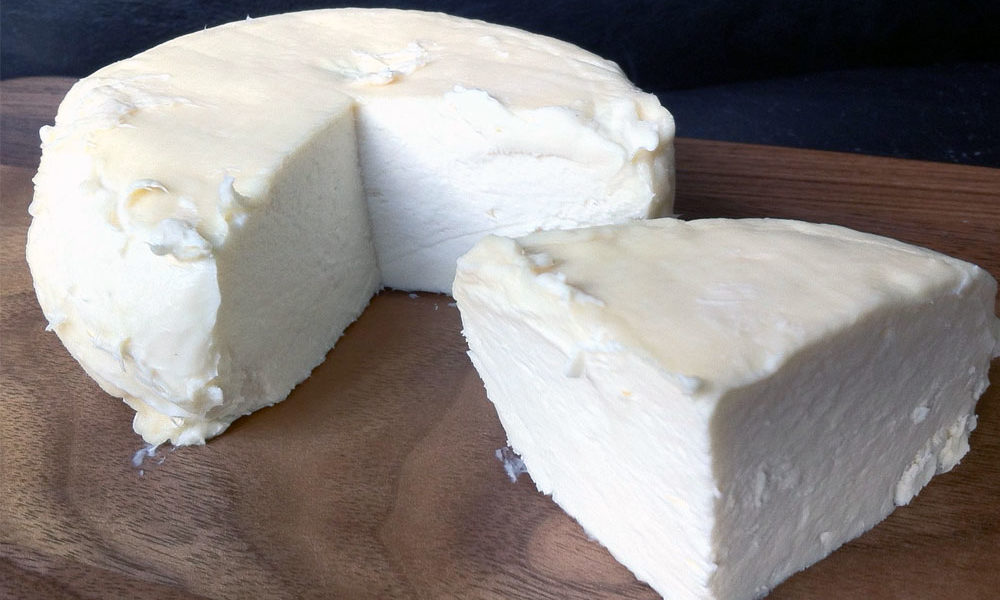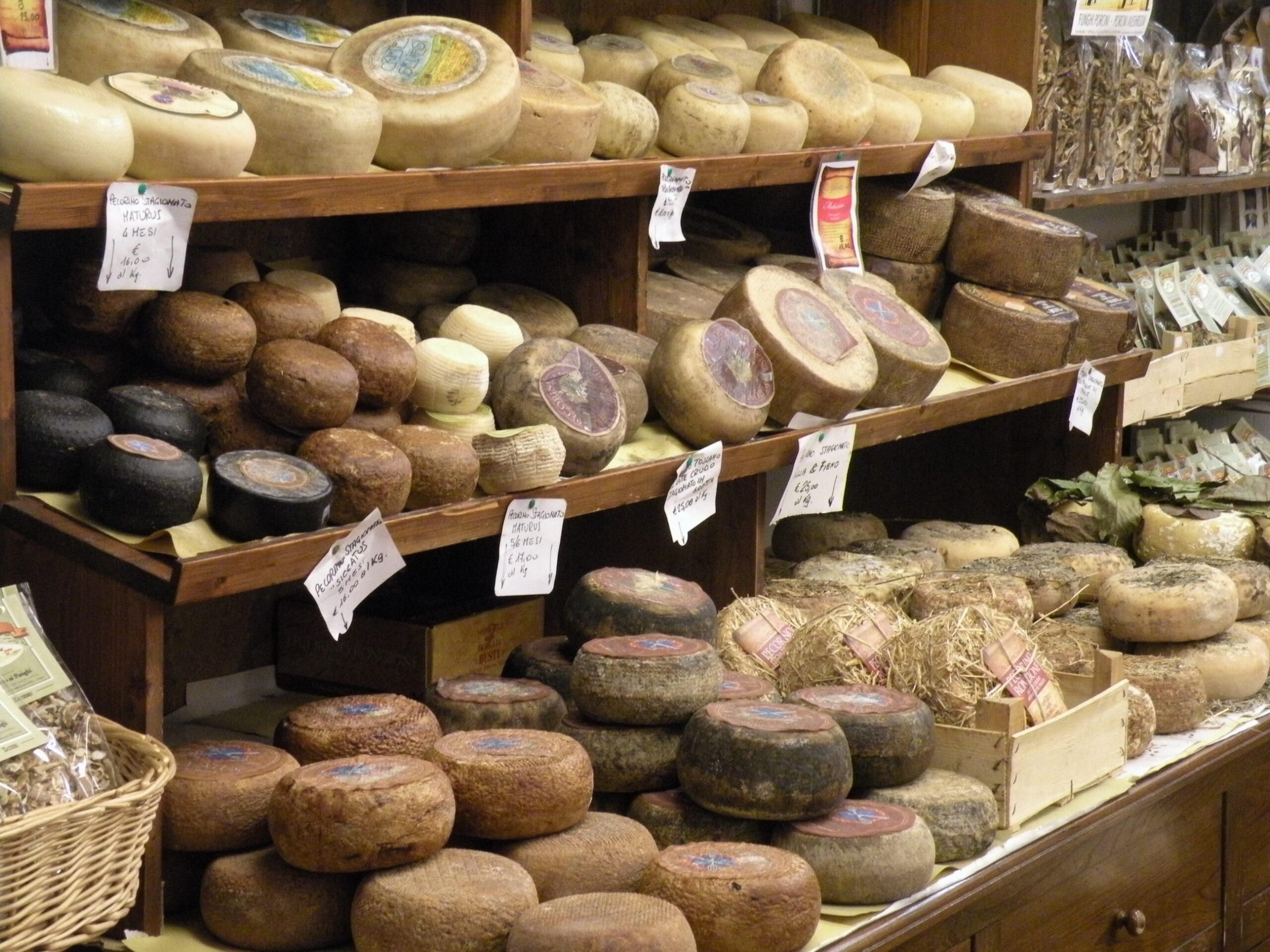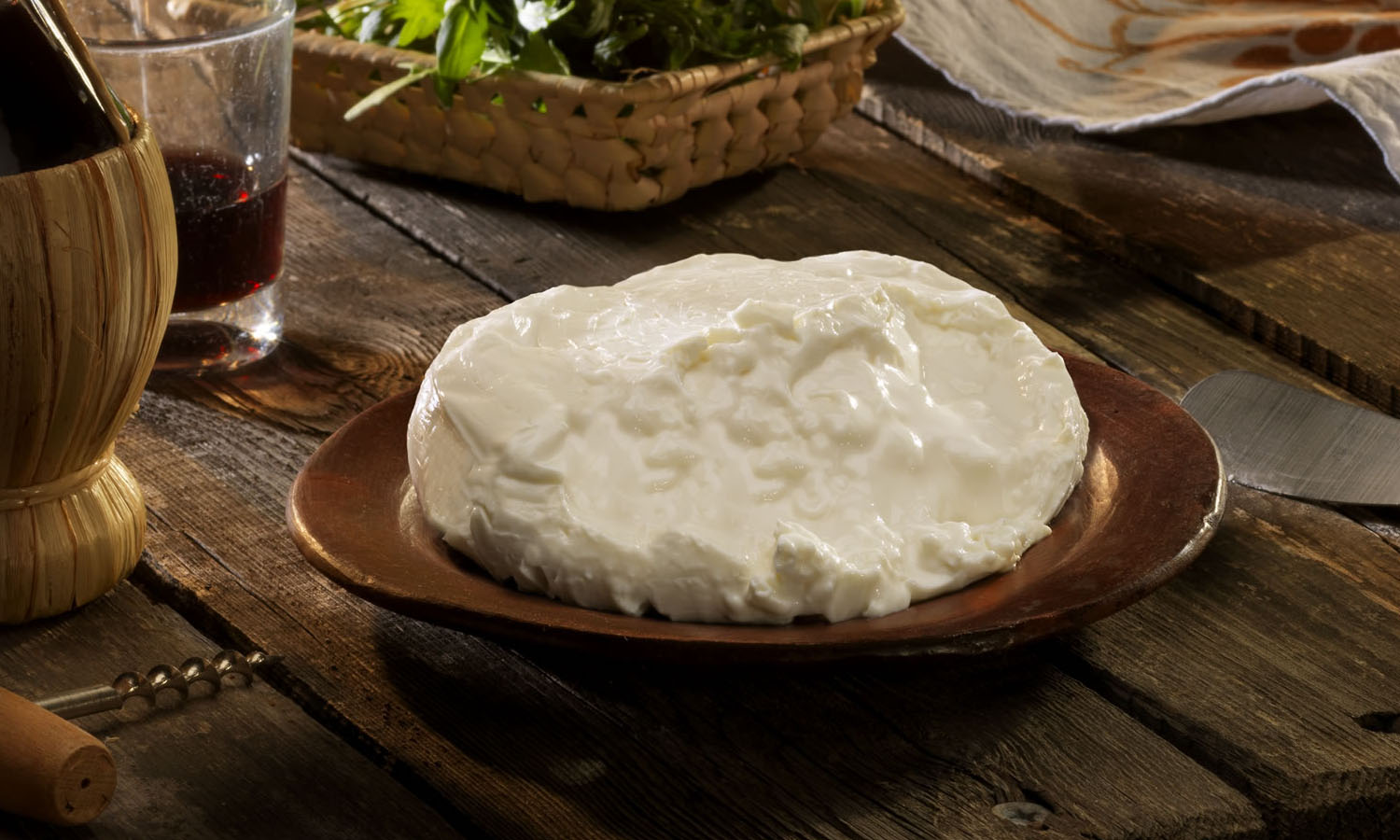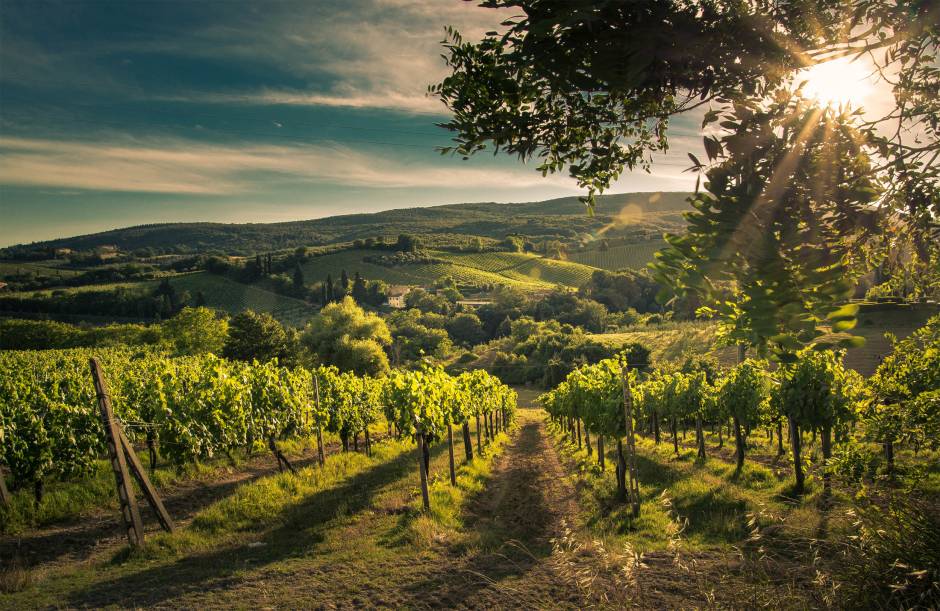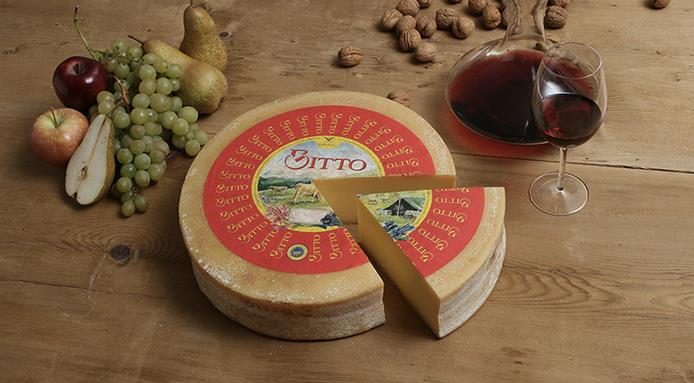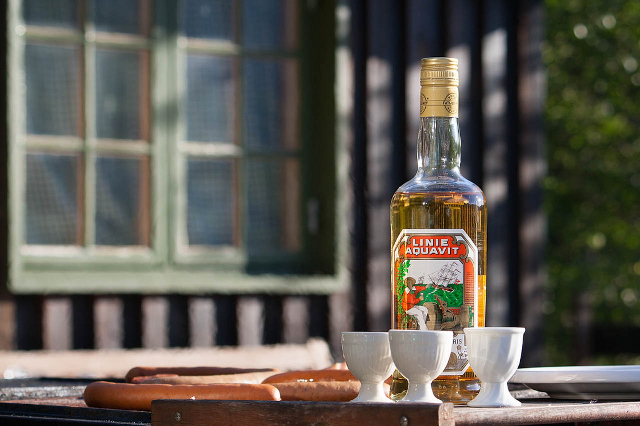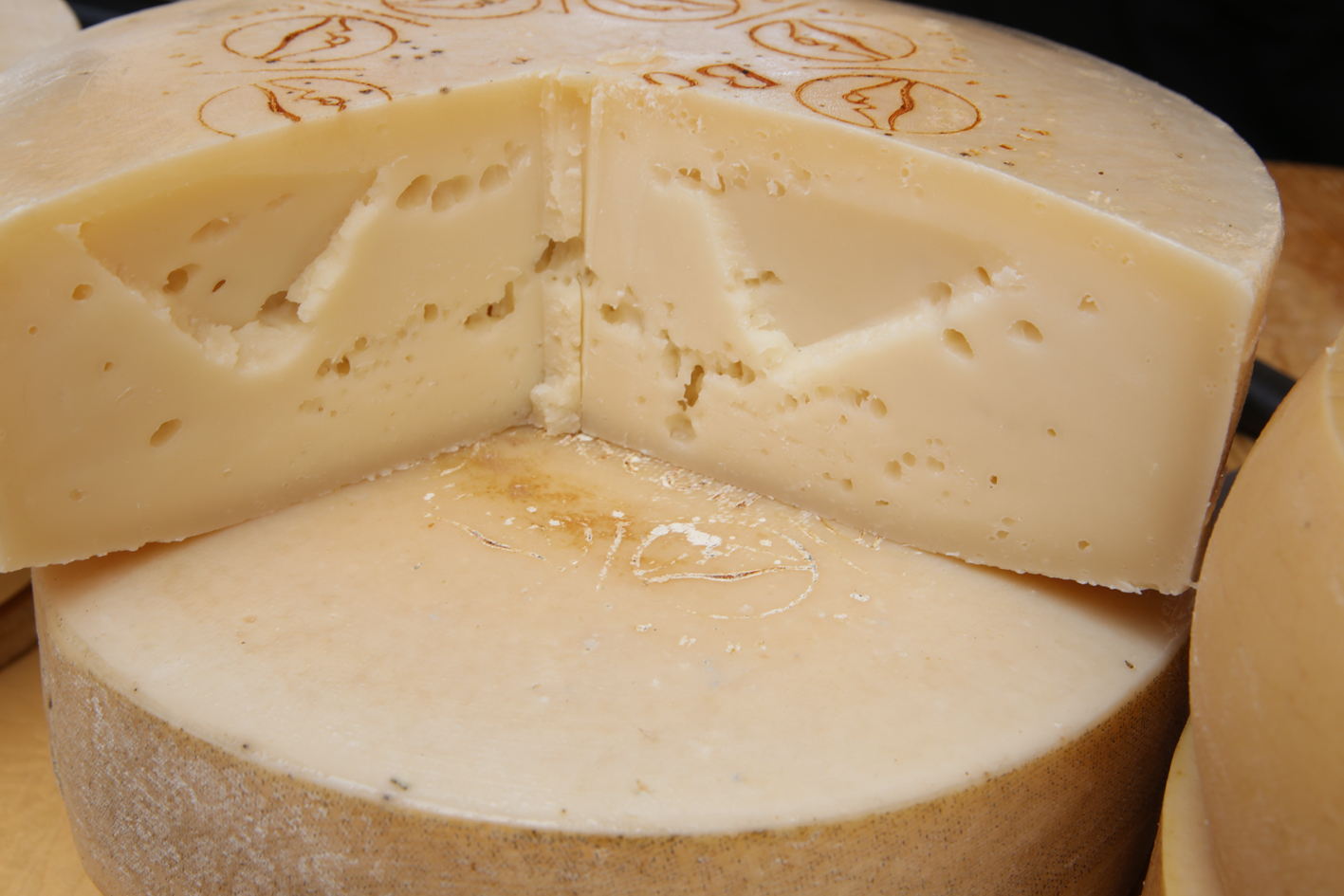Robiola d’Alba is a whole raw or pasteurized cow’s milk cheese, with a soft paste that matures rapidly. It has a cylindrical shape with flat faces and a slightly rounded heel where the faces meet. Weight from 300 to 400 g. Absent rind, in historical productions tending to light straw yellow if matured. White, fairly compact paste, no holes, chalky, moist or grainy texture. Delicate flavour, sweet taste of milk and cream/butter, with the presence of a pleasant hint of fresh acidity. Robiole has been produced since time immemorial throughout hilly Piedmont and in particular in the Langa, from which it takes its name after the main production and marketing centre. There are numerous historical documents that mention it. In 1635, Monsignor Della Chiesa, in his "Report on the present state of Piedmont", wrote about the cheeses of the Langa "which we rubiole say are among the best in Italy and were counted by Pliny". And a few decades later, in "Prosodia italiana, overo L’arte don l’vso degli accenti nella volgar fauella d’Italia, accordati dal padre Placido Spadafora e altri" Edit. Pietro d’Orlandi, 1692, we read: "robiole p.l.v.g. robiole di Monferrato, specie di caci". In the annals of the Einaudi Foundation, vol. 19 pages 145 and 146, robiole are mentioned in connection with breakfast on the day of the wheat threshing.
